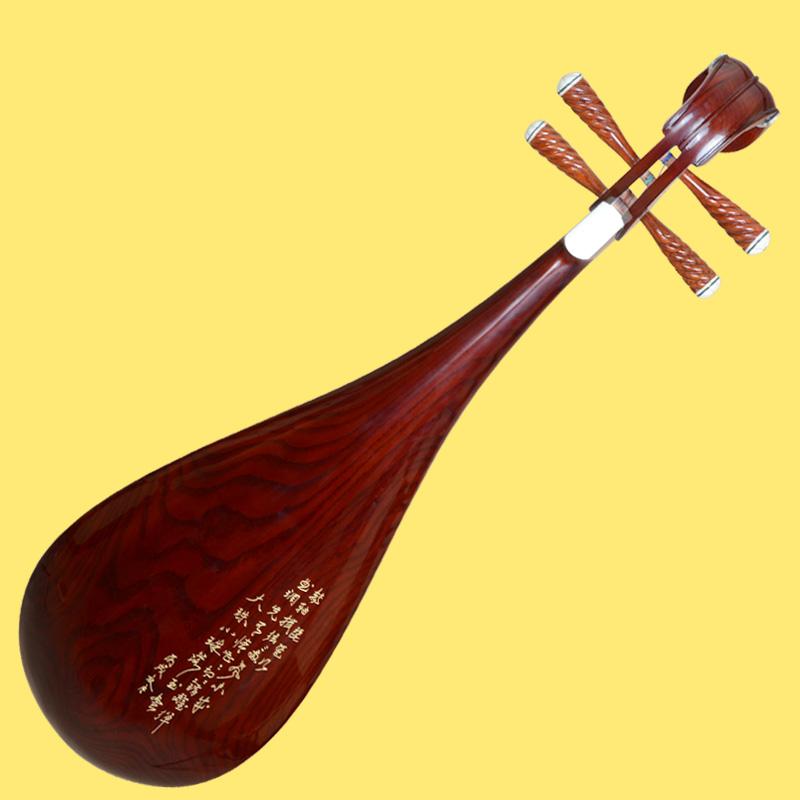Introduction to Pipa School - Wang School
The Wang School, also known as the Shanghai School, is an important Pipa school in the history of Chinese music development since the 20th century, and it is also the only school named after an individual. The formation of the Shanghai School set off the third climax in the history of the development of Chinese pipa.

Wang Yuting's pipa skills were inspired by Wang Huisheng. Later, Wang Huisheng taught Chen Zijing the pipa score to Jiang. Later, he was taught by Ni Qingquan and Cao Jinglou of the Pudong School and Yin Jiping of the Pinghu School. He was eclectic, and he compiled the traditional pipa music according to the actual performance of flower sounds, which was widely taught.
Wang taught the students to use Gongji notation, and each handwritten copy and handed it to the students, which has become a precious calligraphy treasure. Those who play according to Wang's music are known as Wang School by later generations. In "Pipa Playing Method" compiled by Lin Shicheng and published by Music Publishing House in 1959, the "Shanghai Wang Yuting School" was first listed as one of the Pipa schools in text form.
The first characteristic of Wang School's performance lies in the fact that at that time, the southern school pipa generally used the lower rounds, but Wang's creative use of the upper rounds laid the foundation for the pipa to use the upper rounds. Secondly, he did not stick to the traditional playing method, and carefully revised the ancient score to make it more refined, and achieved better results than before. The performance of the Wang School Pipa is powerful and touching.
Wang has cultivated a large number of modern and contemporary outstanding pipa players. Such as Wei Zhongle, Sun Yude, Li Tingsong, Cheng Wujia, Jiang Fengzhi, etc.
 渝公网安备 50010702504639号
渝公网安备 50010702504639号